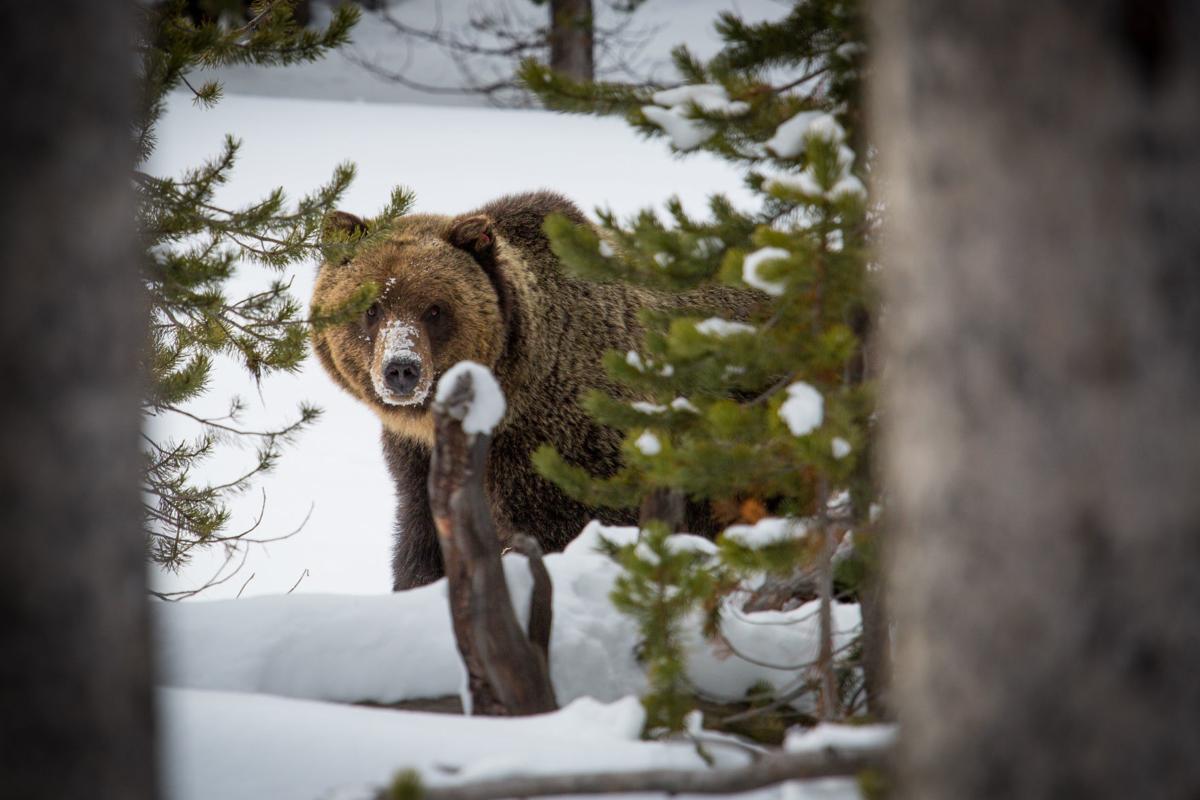 |
| Grizzly bear |
Montana Fish, Wildlife and Parks (FWP) recently announced that it will not ask the state's Fish and Wildlife Commission to allow a hunting season for the grizzly bears from Yellowstone National Park this year. The bears were protected from hunting for more than four decades under the Endangered Species Act until 2017 when those protections were ended, opening the door for a possible hunting season. According to FWP director Martha Williams, the decision is meant to strengthen the state's obligation to the bears' everlasting survival. The removal of protections from the Endangered Species Act for the bears provided more management responsibility to not just Montana, but also Idaho and Wyoming. Before the delisting, each state had to create a plan for a possible hunting season, which was also added in the final conservation strategy. Part of this strategy is to restrict the number of bears killed by people. It made a degree of "discretionary mortality" based on the population estimate. A mediation lined out before delisting separated the acceptable bear deaths between the three states. The official government estimation of Yellowstone's grizzly bear population is roughly 700 bears. Greg Lemon, a spokesman for FWP, stated that 17 bears are allowed to be killed in the three states.
Although it is good that Montana is not going to allow hunting grizzly bears this year, I find it unacceptable to remove the protection of the bears under the Endangered Species Act. Grizzly bear numbers may have rebounded over the years since they were listed as "endangered species" in the late 1970s, but that does not mean they should be immediately stripped of their status. These animals are still facing threats from climate change and changes in their diets resulting in more human-bear conflict in Idaho, Montana, and Wyoming. I firmly believe that listing and delisting wild animals should be based on scientific reasons. You cannot just assume that when an animal population recovers over a period of time while under protection as an endangered species then people are allowed to hunt those animals. It is extremely important to consider various factors before delisting such animals, and the only way to do that is by consulting with environmental and conservation groups. Members of these organizations are experts in understanding the conditions of animal populations and can be helpful on how to protect or manage them. I really think that Montana, Wyoming, and Idaho should consult with these organizations in order to better manage Yellowstone's grizzly bear numbers, so that they can have a better understanding on the conditions of the animals' population. This can help in the states' decision-making process of whether to list or delist the bears as endangered species.
View article here
No comments:
Post a Comment